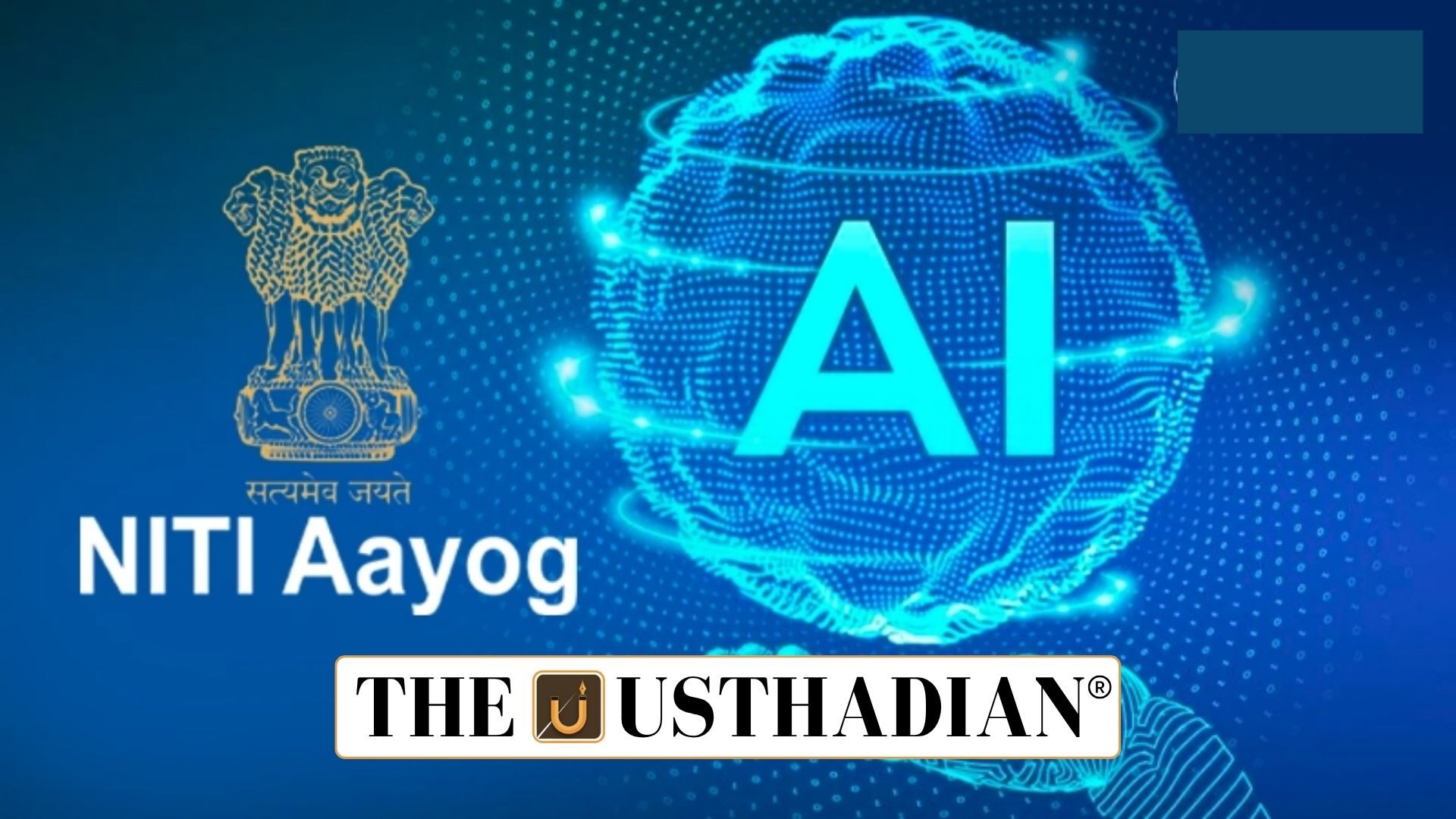Inclusive AI Vision for Informal India
NITI Aayog Unveils AI Blueprint to Empower Informal Workforce: NITI Aayog has launched a transformative national roadmap titled AI for Inclusive Societal Development, designed to uplift India’s 490 million informal workers. This initiative represents a major policy innovation—shifting AI’s focus from elite corporate sectors to the unorganised workforce that contributes nearly 50% of India’s GDP.
The roadmap envisions AI as a public good—a tool that enhances productivity, bridges skill gaps, and offers protection for workers outside formal structures.
Static GK fact: NITI Aayog, established in 2015, replaced the Planning Commission as India’s premier policy think tank.
Mission Digital ShramSetu
At the heart of the roadmap lies Mission Digital ShramSetu, a flagship programme to digitally link India’s informal workforce. It integrates AI, blockchain, immersive learning, and data analytics to enhance skills and livelihoods. The mission targets farmers, artisans, gig workers, and healthcare aides—helping them adapt to an evolving digital economy.
The initiative aims to create a sustainable digital ecosystem for informal workers by improving market access, enhancing productivity, and facilitating social security inclusion.
Static GK Tip: The term ShramSetu symbolises a “bridge of labour” connecting unorganised workers to India’s digital infrastructure.
Addressing Income and Skill Inequalities
India’s informal workers face chronic issues like income instability, absence of formal training, and weak social protection. The AI roadmap warns that without technological and institutional intervention, their annual income could stagnate at $6,000 by 2047, far below the $14,500 per capita income needed for India to reach high-income status.
The strategy therefore emphasises skill upgradation, financial inclusion, and AI-driven social safety nets.
Static GK fact: According to the International Labour Organization (ILO), over 80% of India’s workforce operates in the informal sector.
Collaboration for Inclusive Growth
The success of the initiative depends on multi-stakeholder partnerships involving government, industry, academia, and civil society. NITI Aayog’s roadmap aligns with the UN’s Sustainable Development Goals (SDGs) by promoting inclusive and equitable technological growth.
Institutions like NASSCOM Foundation, World Bank, and the Bill & Melinda Gates Foundation are already extending technical and financial cooperation. Such partnerships are expected to make India a global model in ethical and inclusive AI development.
Towards Viksit Bharat 2047
The roadmap links directly to India’s long-term vision of a $30 trillion economy by 2047, known as Viksit Bharat 2047. It places informal workers at the centre of technological transformation, ensuring that growth is bottom-up and human-centric.
By embedding inclusivity into AI systems, NITI Aayog envisions a future where digital empowerment leads to social equity—a critical step toward a developed India.
Static GK Tip: The year 2047 marks the centenary of India’s independence, targeted as the milestone year for achieving developed-nation status.
Static Usthadian Current Affairs Table
NITI Aayog Unveils AI Blueprint to Empower Informal Workforce:
| Topic | Detail |
| Launching Authority | NITI Aayog |
| Initiative Name | AI for Inclusive Societal Development |
| Beneficiaries | 490 million informal workers |
| Core Mission | Mission Digital ShramSetu |
| Key Technologies | AI, blockchain, immersive learning |
| Economic Vision | Viksit Bharat 2047 |
| Target Income by 2047 | $14,500 per capita |
| Supporting Partners | NASSCOM Foundation, World Bank, Bill & Melinda Gates Foundation |
| Launch Year | 2025 |
| Aim | Empower informal sector through digital inclusion |








